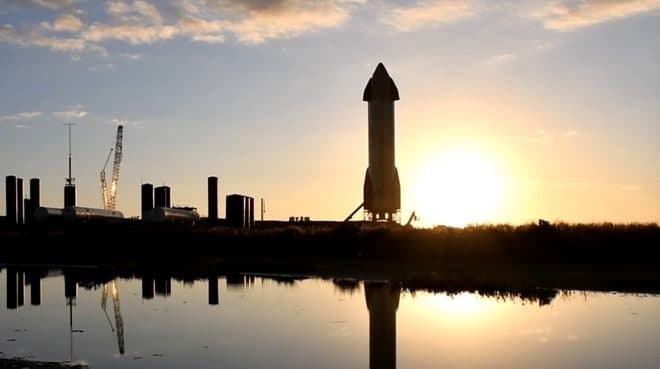Starlink project modification plan of the US space exploration technology company SpaceX received the support of the acting chairman of the Federal Communications Commission (FCC), and it is expected that more satellites will be deployed in orbits lower than originally planned.
FCC Acting Chairman Jessica Rosenworcel has asked colleagues to vote for SpaceX’s plan. However, SpaceX’s competitors, including the satellite division of Amazon’s Project Kuiper, said that as space becomes increasingly crowded, SpaceX’s modification of the original plan will increase the risk of satellite collisions.
An FCC spokesperson said that if the vote passes, it means that the agency will approve SpaceX’s request, but it will include additional conditions designed to ensure safety. SpaceX requested to deploy another 2,824 Starlink satellites in lower orbits, and the company has been approved to deploy 1,584 satellites there. After the plan is revised, these 4408 satellites can operate at altitudes between approximately 540 and 570 kilometers. This area is slightly below the orbit assigned to the Kuiper Project satellite.
The controversy surrounding the Starlink project’s revised plan shows that as companies compete to provide satellite broadband services from low earth orbit, this competition will become increasingly fierce. Amazon received FCC approval in 2020, allowing it to launch 3236 Kuiper project satellites, but it has not yet launched any satellites. ViaSat, Canadian Telecom, and OneWeb also plan to launch their own satellite Internet.
The Union Of Concerned Science stated that these satellite Internets will all operate in low-Earth orbit. There are currently 2,612 satellites in operation within this range. SpaceX’s progress is currently ahead of other competitors. The company said that there were 1,320 satellites in orbit on April 6, and it launched another 60 satellites the next day.
Viasat said in a document that deploying too many satellites in lower orbits will increase the risk of collisions. The company’s chief executive officer of global regulatory and government affairs, John Janka, said in an interview before the FCC took action: “A satellite collision is like a bomb exploding. Within hundreds of kilometers of airspace.”

But SpaceX said that lower orbits are safer because the resistance from the atmosphere will slow down the satellites, ensuring that they burn out in the atmosphere after they leave orbit. At the same time, the low-Earth orbit can also provide faster Internet services because the signal travels closer. SpaceX stated in a document submitted to the FCC that the revised plan will allow SpaceX to provide broadband services to rural areas “at speeds comparable to those previously provided only in urban areas.”
|VIA|














